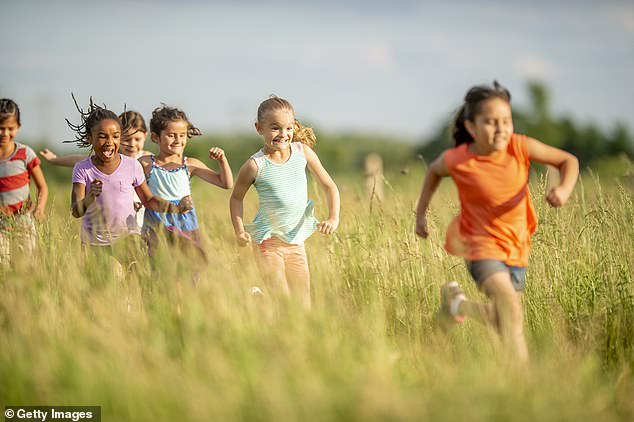Living near green spaces can prevent children from needing glasses, according to research.
Children who live near parks and fields are less likely to experience vision problems or worsening vision.
Cases of myopia are increasing, especially in urban areas. Possible causes include too much screen time, not enough time outdoors, and air pollution.
The scientists analyzed data from 286,801 children between the ages of seven and 12 in Guangzhou, a city in China with 18 million inhabitants. Their eyesight was tested for three years, as well as factors including proximity to green spaces and screen time.
Greater access to green spaces was associated with stronger vision and slower vision decline.
Cases of myopia are increasing, especially in urban areas. Possible causes include too much screen time, not enough time outdoors, and air pollution.

Greater access to green spaces was linked to stronger vision and slower vision decline

Green spaces had a more protective effect on boys than on girls

The scientists analyzed data from 286,801 children between the ages of seven and 12 in Guangzhou (pictured), a city in China with 18 million people.
Green spaces had a more protective effect on boys than on girls.
The authors noted that children were more likely to be more physically active and spend less time on their screens when their neighborhood had a greater area of green space.
Researchers from Sun Yat-sen University (China), published in Environment International, wrote: “Our findings suggest that increasing exposure to green spaces could benefit children’s visual development and reduce the risk of visual impairment by reducing pollution of air and recreational screen time, while increasing physical activity and time outdoors.’

